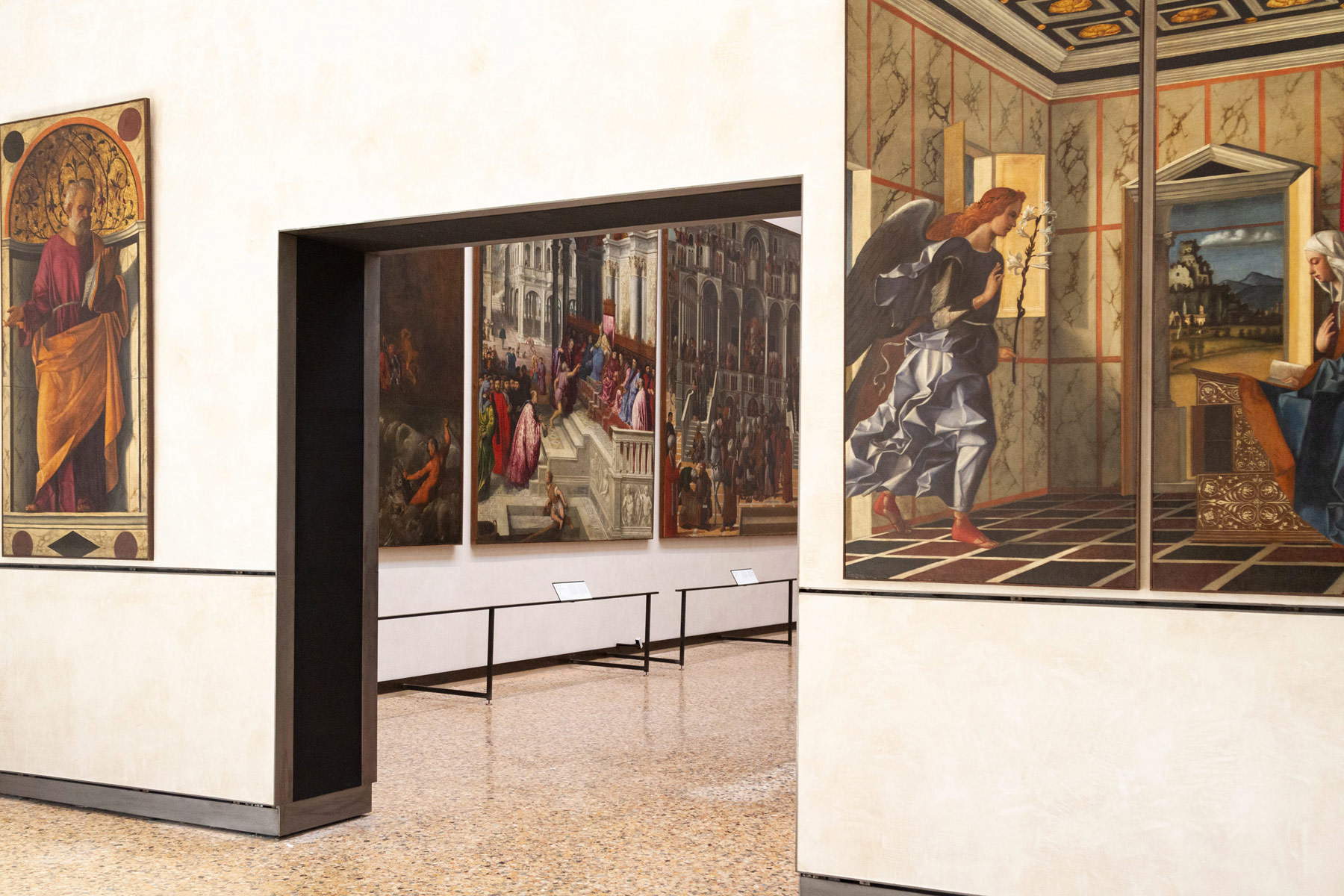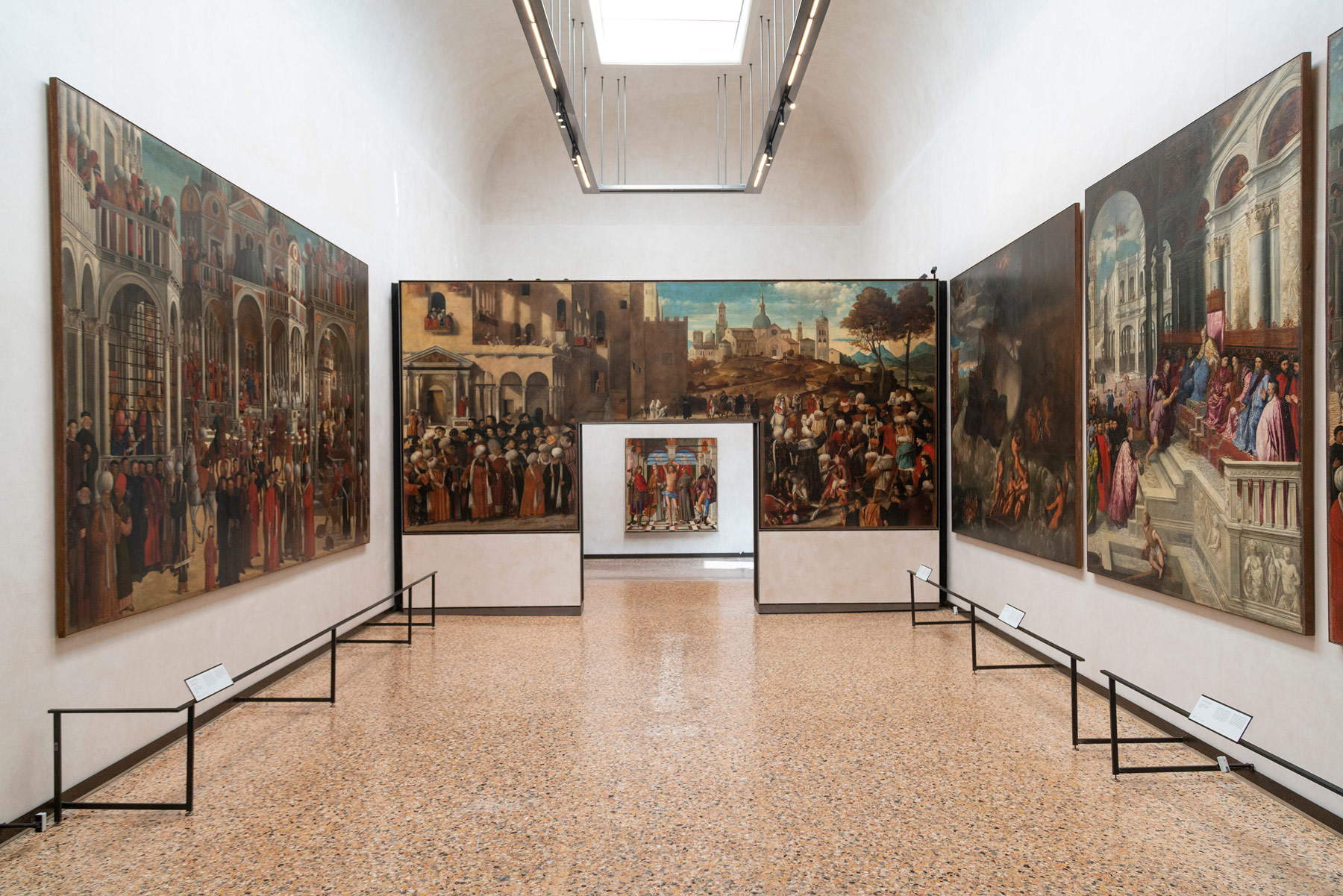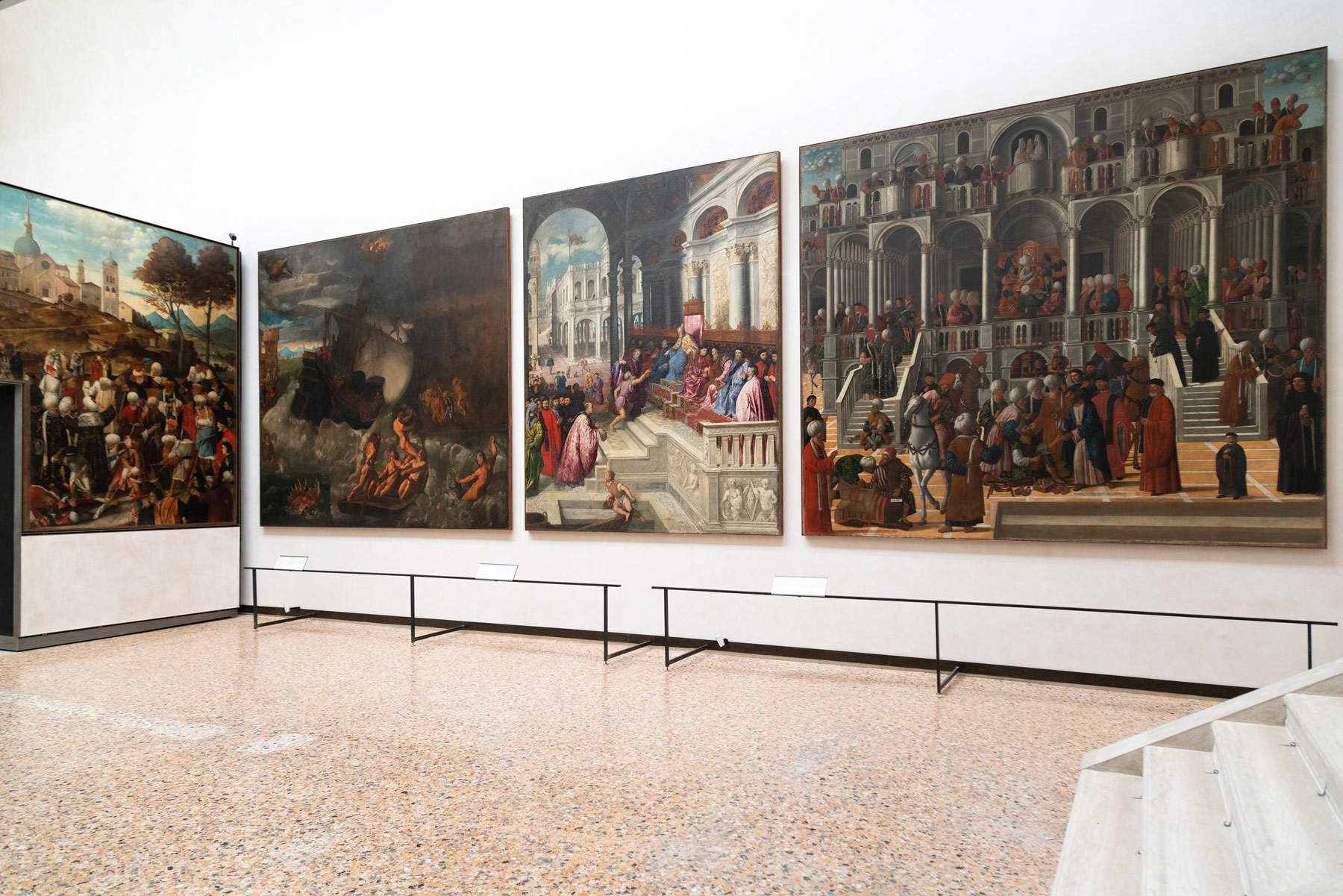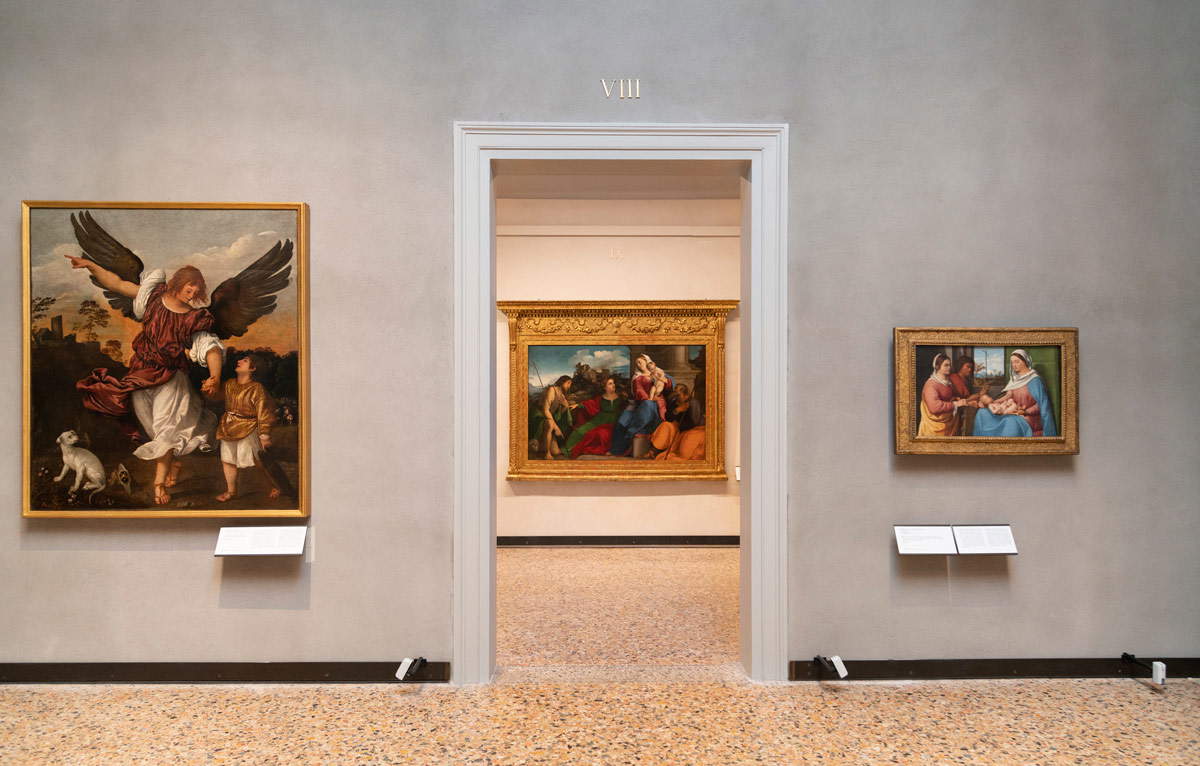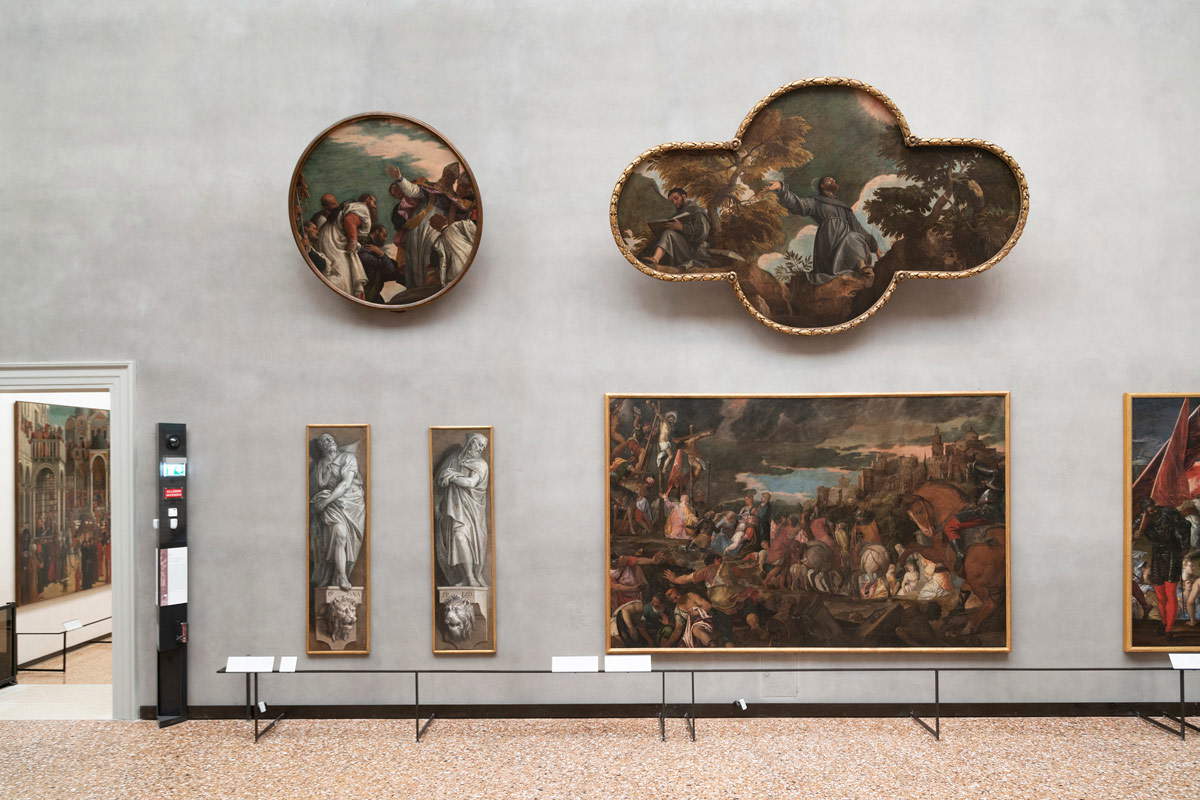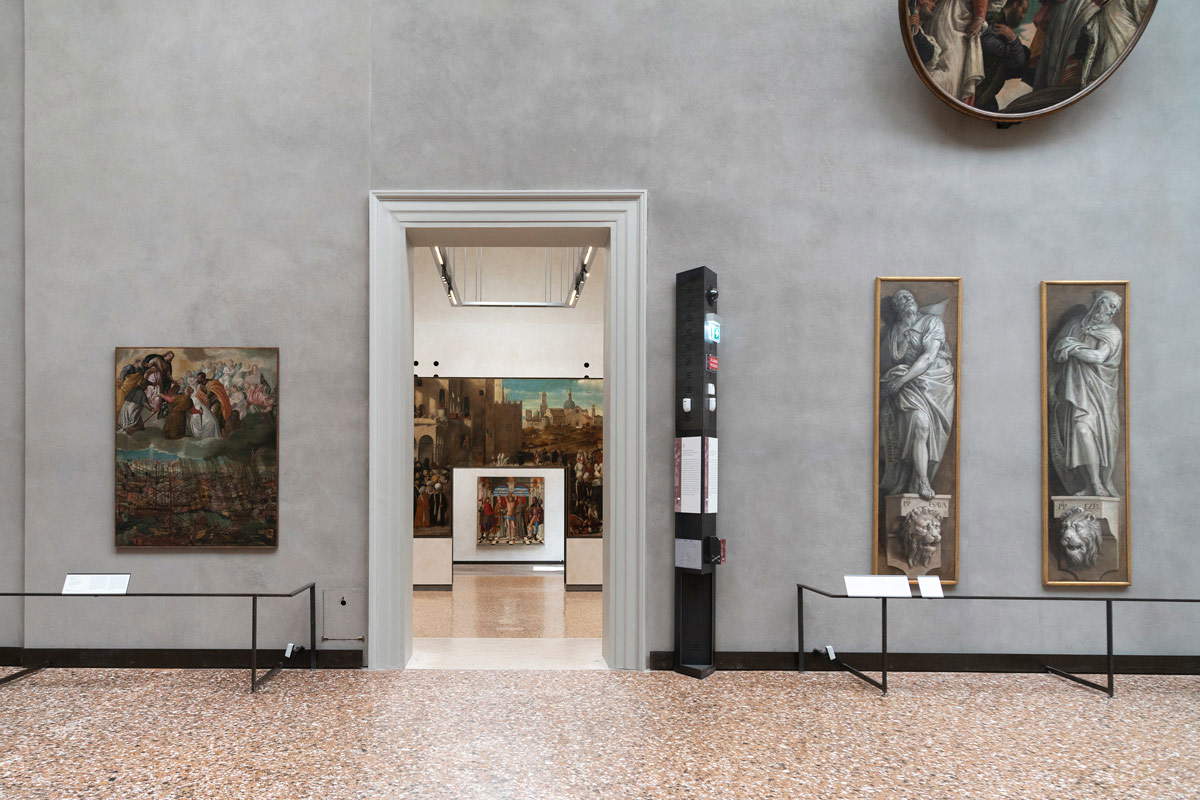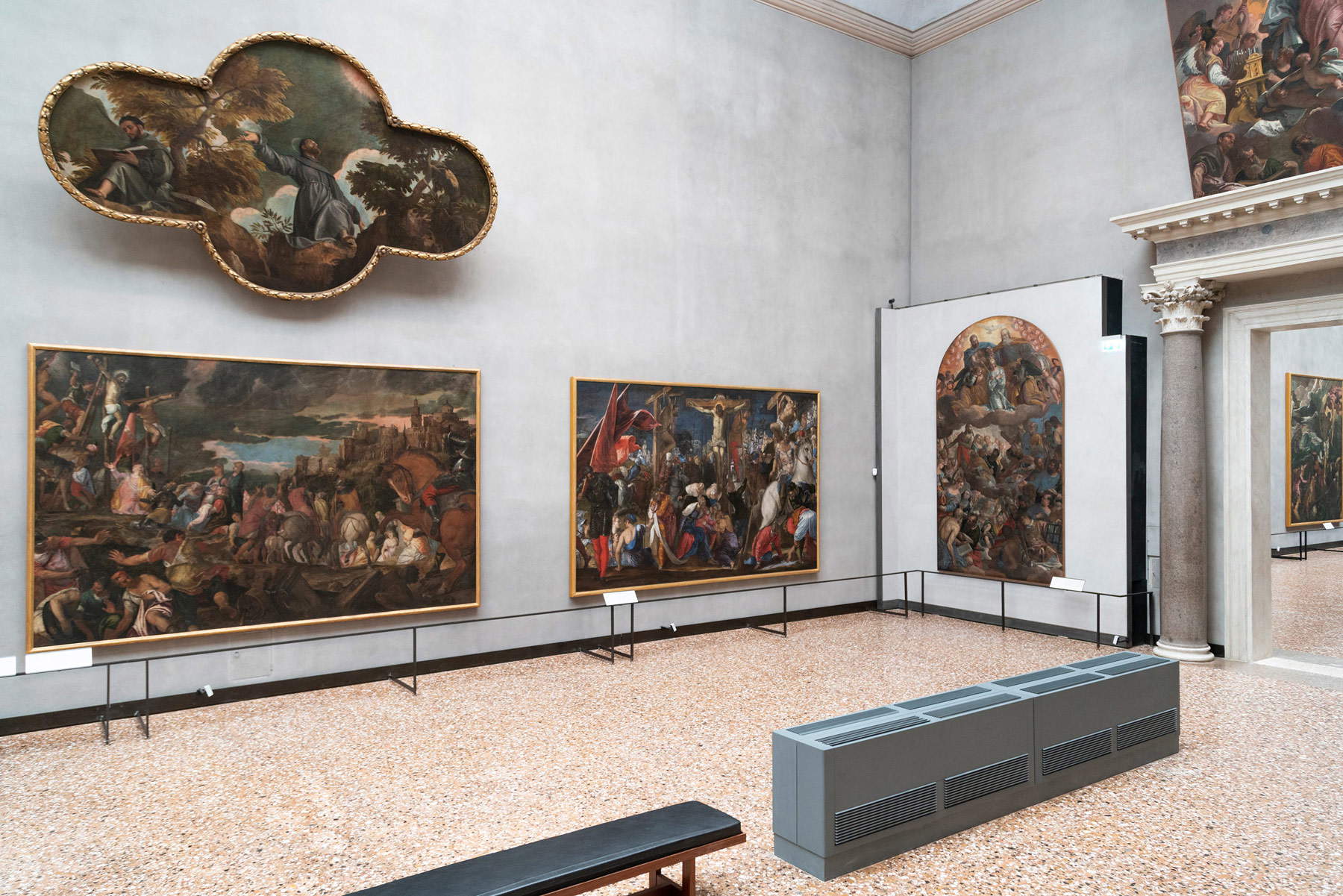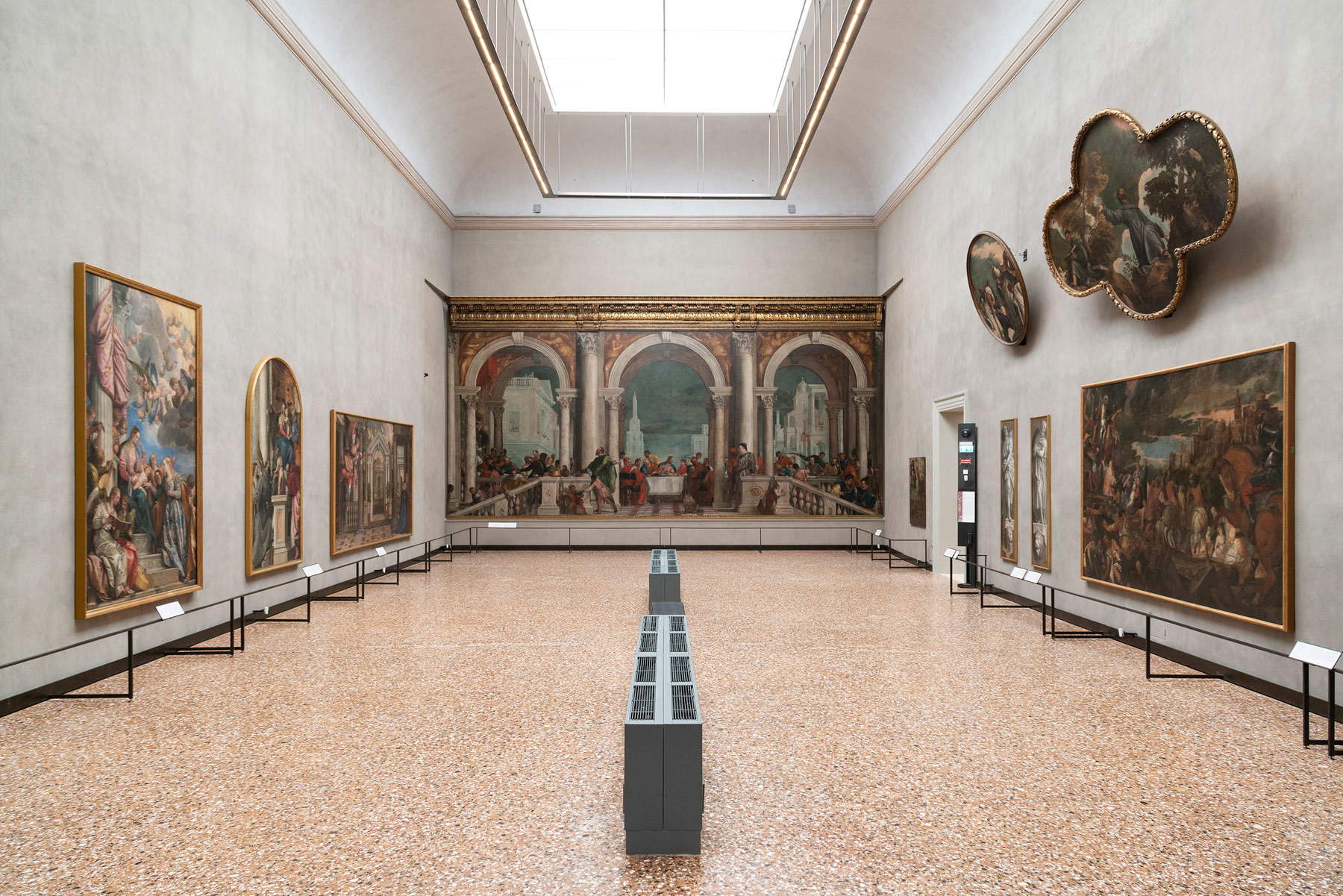by Redazione , published on 30/08/2019
Categories: Museums
/ Disclaimer
At the Gallerie dell'Accademia in Venice, the new rooms of the Cinquecento open with the new rearrangement. Here are the images.
The new rooms of the sixteenth century at the Gallerie dell’Accademia in Venice have been open since yesterday: in fact, the rearrangement of rooms VI-XI has been completed, according to the scientific project curated by Roberta Battaglia, Giulio Manieri Elia and Paola Marini. The itinerary has been entirely redesigned with the aim of visually enhancing the works and at the same time making the presentation of the evolution of Venetian art through the great masterpieces of the collection clearer and more understandable to visitors.
In fact, since 1894, the museum has suffered from the narrowness of space and compulsory placement of some works: even Giulio Cantalamessa, then director of the Galleries, who was in charge of drawing up the first scientific project for the arrangement of the collection, wrote about it. These limitations have conditioned until the present day the construction of a coherent and clear exhibition itinerary, so the enlargement of the spaces on the ground floor and the placement in this area of the works from the seventeenth to the nineteenth century has made it possible to give more breathing space to the works and at the same time loosen some problematic critical knots, allowing the narration of a more coherent art-historical itinerary.
The creation of a new dividing wall in room VI (room VIb) makes it possible to give excellent visibility to Bellini’s important cycle in the Scuola Grande di San Marco, organizing the episodes in a manner consistent with the distribution they had in the room of the school to which they were originally destined. The first part of the room (VIa) serves as a preamble, highlighting the centrality that Giovanni Bellini ’s workshop plays as an indispensable point of reference for most of the artists working in Venice in the late 15th and early 16th centuries.
A monographic room (Room VII) celebrates the uniqueness of the works of Jheronimus Bosch, whose three polyptychs, presumably from the Grimani collection, are preserved in the Galleries: these works provide an opportunity to reflect on the openness of sixteenth-century Venetian collecting to the artistic production of northern Europe. A large room (Room VIII) finally restores the proper breathing space to Giorgione’s Tempest, one of the museum’s most famous works, which an ever-growing public demands to appreciate. The work is enhanced by juxtaposing it, on the same panel, with the Vecchia(recently restored) and the Concerto (the latter kindly loaned by the Mattioli collection), works also from the Vendramin family’s famous 16th-century collection. In addition, to reinforce the narrative impact of the room, Giorgione’s Nuda, originally from the Fondaco dei Tedeschi, returns “home” alongside other masterpieces documenting the beginnings of the great master’s pupils Titian and Sebastiano del Piombo. The room presents itself as an exceptional opportunity to understand the crucial moment of Venice’s transition to the full Renaissance.
To some of the most important artists of the vast Venetian panorama of the first half of the 16th century is dedicated Room IX, where Palma the Elder’s Sacred Conversation dialogues in perspective with the Giorgionesque one in the previous room and where the famous Portrait of a Gentleman, a masterpiece of Lorenzo Lotto’s portraiture, finds its place. Finally, the great halls, once also occupied by works of the seventeenth and eighteenth centuries in a mixture that made the itinerary less clear, will be devoted exclusively to the great protagonists of sixteenth-century Venetian art: Veronese (room X), Tintoretto and Titian (room XI). The layout of the latter room is only partially completed as it temporarily houses the museum’s painting depository, already located in rooms on the second floor that are currently undergoing restoration. Finally, the visitor route is enriched with new didactic apparatuses, written in dual languages, which are easily readable and accessible to an increasingly diverse audience. Gl apparatus offer three levels of in-depth information: the introductory panel on the totem, the mobile room card, and the “talking” captions for all the works on display.
“Today,” said the director of the Gallerie dell’Accademia in Venice, Giulio Manieri Elia, “is a special day, and the presence of the highest representation of the Ministry of Cultural Heritage and Activities proves it, as does the participation of the city’s institutions and the wide public, always fond of the Museum. In the halls, which have been totally rearranged, the great Venetian school of painting, which has its monument in the Galleries, can be enjoyed in a new light, which makes accessible those chromatic qualities that have been identified since the sources as its specific characteristic.” Below are photos of the new rooms. All photos: courtesy of the GAve Photographic Archive by permission of the Ministry of Cultural Heritage and Activities and Tourism, National Museum Gallerie dell’Accademia in Venice. Ph. Credit Matteo De Fina.
 |
| Hall VIa |
 |
| Hall VIb |
 |
| Hall VIb |
 |
| Hall VIII |
 |
| Hall IX |
 |
| Room X |
 |
| Hall X |
 |
| Hall X |
 |
| Hall X |
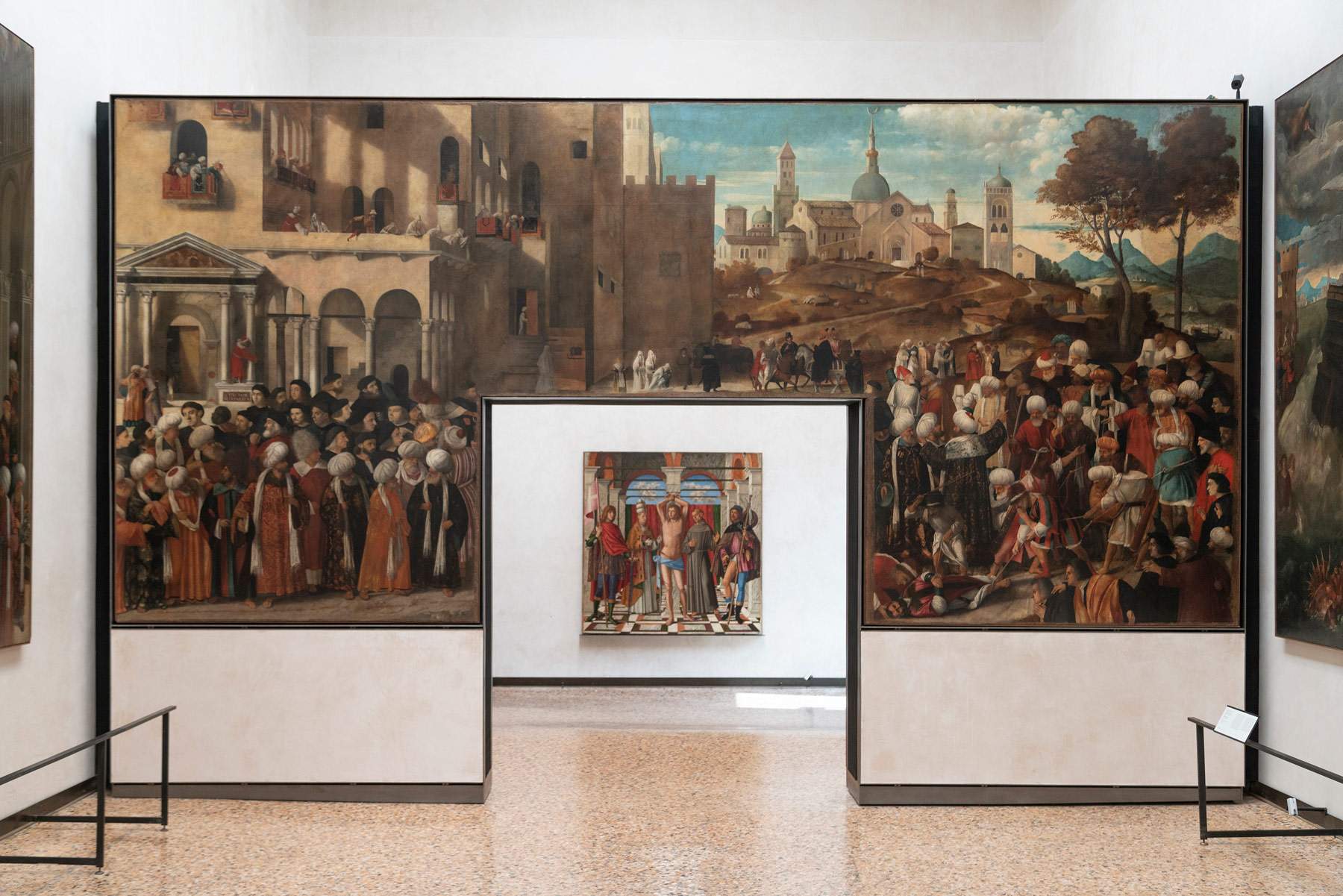 |
| New rooms of the sixteenth century open at the Gallerie dell'Accademia in Venice. Photos |
Warning: the translation into English of the original Italian article was created using automatic tools.
We undertake to review all articles, but we do not guarantee the total absence of inaccuracies in the translation due to the program. You can
find the original by clicking on the ITA button. If you find any mistake,please contact us.
